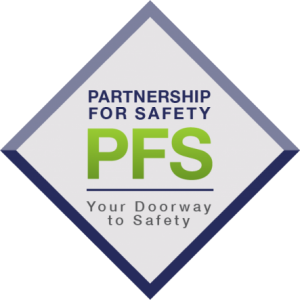
June 2023 New England Bi-Monthly Regional Update #2
From Bryan Krampovitis, NATCA New England ARVP
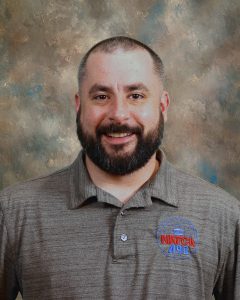
What is FAA reauthorization?
As air traffic controllers, we play a vital role in ensuring the safety and efficiency of our nation’s airspace. To support and guide our profession, it is essential to comprehend the FAA reauthorization process—a critical legislative procedure that shapes the future of air traffic control and aviation as a whole.
The FAA reauthorization process refers to the periodic reauthorization of the FAA. This process takes place when the existing authorization for the FAA is set to expire, typically every few years, in this case on September 30th of this year.
During the FAA reauthorization, Congress reviews and revises the FAA’s authorities, programs, and funding levels. It is an opportunity for lawmakers to address key issues and make policy decisions that affect air traffic control, safety regulations, infrastructure development, research and development initiatives, and the overall direction of the aviation industry. This applies to the entire aviation industry, not just air traffic control. For example, legislation was just proposed to raise the age pilots can fly airliners to 67 from 65, meeting both opposition and support from different parts of the aviation community.
The reauthorization process involves a series of legislative steps, including committee hearings, markups, debates, and ultimately, the passage of a reauthorization bill in both the House of Representatives and the Senate. These bills are then reconciled in a conference committee to create a unified version that is sent to the President for signature. NATCA will be heavily involved to ensure FAA reauthorization language supporting our new CRWG staffing numbers is used going forward to determine facility staffing levels. Further down in this email, Jamie will talk about the standalone bill being introduced to the Senate.

As members of NATCA, it is crucial for us to engage with the FAA reauthorization process. It provides us with an opportunity to advocate for our profession, voice our concerns, and propose improvements to enhance the safety and efficiency of air traffic control operations and our working conditions. By actively participating in this process, we can influence the decisions and policies that impact our daily work lives. In the coming weeks and months, you will have the opportunity to be involved in this advocacy process through rolling lobby weeks in DC, attending local political events, in-district congressional meetings, and facility visits with members of Congress.
NATCA plays a significant role in the FAA reauthorization process. Our union represents the interests of air traffic controllers and aviation safety professionals, advocating for safe working conditions, modernized equipment, and effective safety protocols. NATCA engages with lawmakers, provides expertise and insights, and collaborates with industry stakeholders to ensure our voices are heard and our profession is well-represented during the legislative process.
Through NATCA’s National Legislative Committee Team and Government Affairs team, members have the opportunity to stay informed about the FAA reauthorization process, legislative developments, and key issues affecting air traffic control. By participating in NATCA’s advocacy efforts, we can work together to shape policies that support our profession, improve safety standards, and enhance our working conditions overall.
In conclusion, the FAA reauthorization process holds significant importance for air traffic controllers and the future of our profession. It provides us with a platform to advocate for improvements, influence policies, and ensure the continued growth and success of the aviation industry. Let us remain actively engaged and informed in the coming weeks and months, as this reauthorization will shape our workforce far into the future.
Collaboration
From Curt Fischer, Collaboration Facilitator, Eastern Service Area North, A90
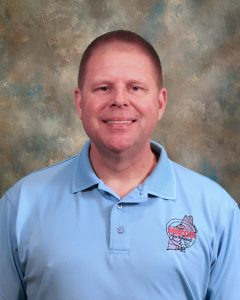
The first week of June your Collaboration Facilitators participated in joint training with members from the Federal Mediation and Conciliation Service. This was a unique opportunity spend 3 days together sharing ideas and methods on topics that both organizations focus on such as collaboration, interest based problem solving and facilitation.
At this point you may be asking yourself, what is the FMCS? Their web site, FMCS.gov, allows you a deeper dive into the organization but briefly, they got their start in 1947 when Congress enacted the Labor-Management Relations Act. The Act created the Federal Mediation and Conciliation Service as an independent agency of the U. S. government. The FMCS’s mission is to build better, more effective workplace relationships and mitigate the damage from inevitable conflict through preventive dialogue, honest communication, and responsive strategies. Recently in New England, they provided assistance to end the 63 day shipyard worker strike in Bath, Maine in 2020.
While the Collaboration Facilitators and FMCS have similar approaches, one unique advantage that became apparent is the CF’s close connection with every building in the NAS to include Region X. When FMCS enters into a mediation, they need to get up to speed (usually with an assessment) to understand the complex issues that they are thrust into. The CFs however benefit from having already built trusting relationships along with an awareness to the issues confronting facilities thru constant check-ins and consultations. Judging by FMCS’s reaction over the course of the week, we can be proud, as a workforce, to have our own in house specialists focused on building better, more effective workplace relationships.
Training
From Karen MacCrate, NATCA New England Training Rep, ZBW

I’ve spent the past month getting my feet wet and am looking forward to diving deeper into training for the district. I’ve spoken to a couple of facility training reps about various issues. With summer in full swing, I have been reviewing the NTI with my management counterpart and, as a district, we are doing phenomenally. Thank you to all who train and work so hard every day to make that possible!
The national training order, JO 3120.4R, is set to be replaced by JO 3120.4S. Facilities in the Eastern Region had until June 12th to submit comments for the new training order. The highlights include changes to Skill Enhancement Training and recertification, clarification as to who is eligible and required to attend Terminal Basic Radar Course/TSEW, additions to refresher training such as ODO, UAS activity/advisories, OCP, and space operations, and language throughout for the addition of Flight Data and TEAM. We do not have an effective date yet but can expect it within the month.
Thank you Lisa Fulford for making this transition so comfortable. I look forward to working hard and hopefully filling the very large shoes left behind.
Safety
From Seth Myers, NATCA New England Safety Rep, ZBW
The FAA and NATCA signed an MOU over 10 years ago regarding the Partnership for Safety (PFS) program. In that agreement, it stated that the PFS program will be administered in accordance with JO 7200.21, also signed over 10 years ago. It was recognized nationally years ago that some of these requirements in the orders were not being met or complied with.
New England facilities have been working hard over the past 2 plus years to form and stand up Local Safety Councils or enhance those currently in place.
Local Safety Councils are an important piece of a robust safety culture as they utilize local safety data to collaboratively identify and mitigate local safety hazards. These LSC’s review local safety problems and perform post-occurrence analysis on them. They meet at a facility agreed upon schedule every month. LSC’s can and should assist in Quality Control functions such as system service reviews, covered event reviews, internal compliance verifications, and many other processes outlined in JO 7210.634. Each month LSC’s obtain national content and develop local content from the above tasks to disseminate to the facility workforce via SAFE discussions. These discussions are a monthly, face-to-face format comprised of content obtained from the National PFS Program Office and are augmented with local discussion items created by the facility LSC. The intent of these discussions is to generate communication and raise awareness around identified safety issues. While there is national content included, the local content and discussion items are vital to creating a safety culture within your facility. Local content included in the discussion is where local safety issues, along with mitigations and lessons learned, can be disseminated to controllers. Having this feedback loop of lessons learned and mitigations of local issues is a vital process to a robust safety system.
At your facility, your FacReps, Facility Safety Reps, and LSC members are working hard every day to build this program either from the ground up or enhance a current version. Do you know how the local LSC works and what they do at your facility?
Legislative
From Jamie Green, NATCA New England Legislative Chair, PVD
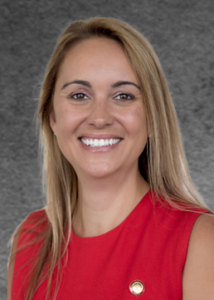
The past month has been very busy preparing for Spring Fling, pre-convention meetings, Convention, and continuing to build relationships with our Members of Congress. There has been a lot of activity on the Hill regarding FAA Reauthorization. As you all know things can change quickly but we are off to a great start.
The House introduced its bipartisan FAA bill on June 9. Currently, NATCA is reviewing the language, but the key provision is that it requires max hiring for the academy and additionally experienced controllers. It also ensures NATCA involvement in improvement-to-safety systems and introduction of new users into the NAS.
The Senate has also released its bipartisan base bill and NATCA staff is busy reviewing this bill. It contains NATCA’s proposed CRWG language to become part of the FAA’s CWP beginning after September 30, 2024. It also includes language to provide for tower simulator systems at all FAA towers within 4 years.
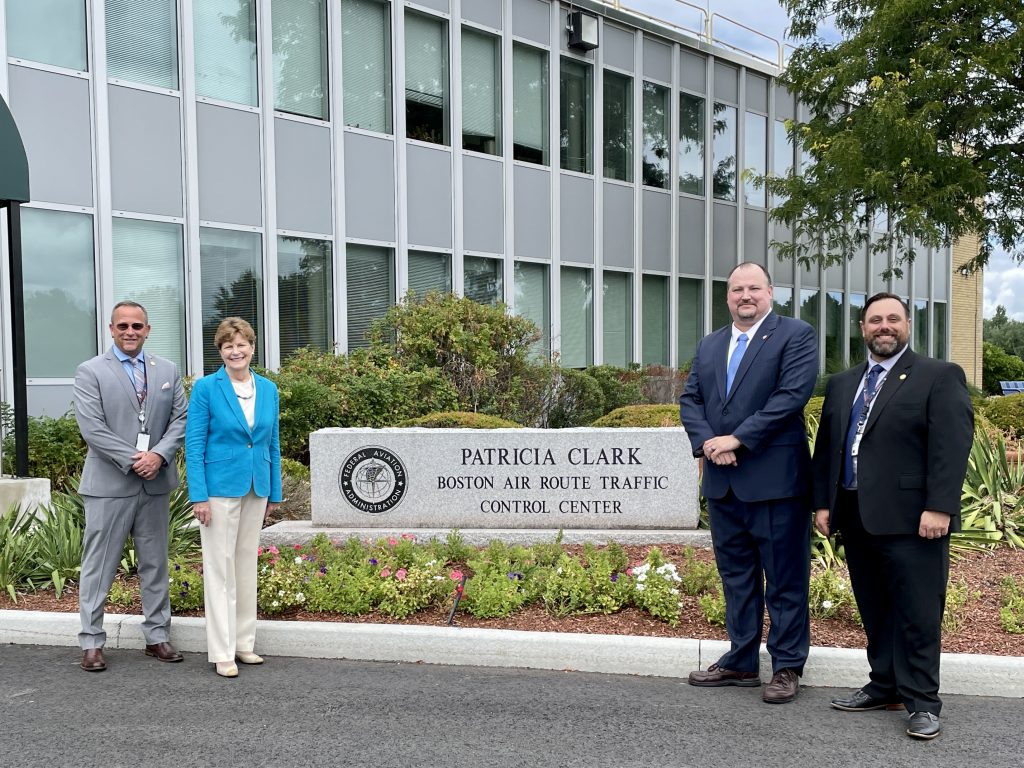
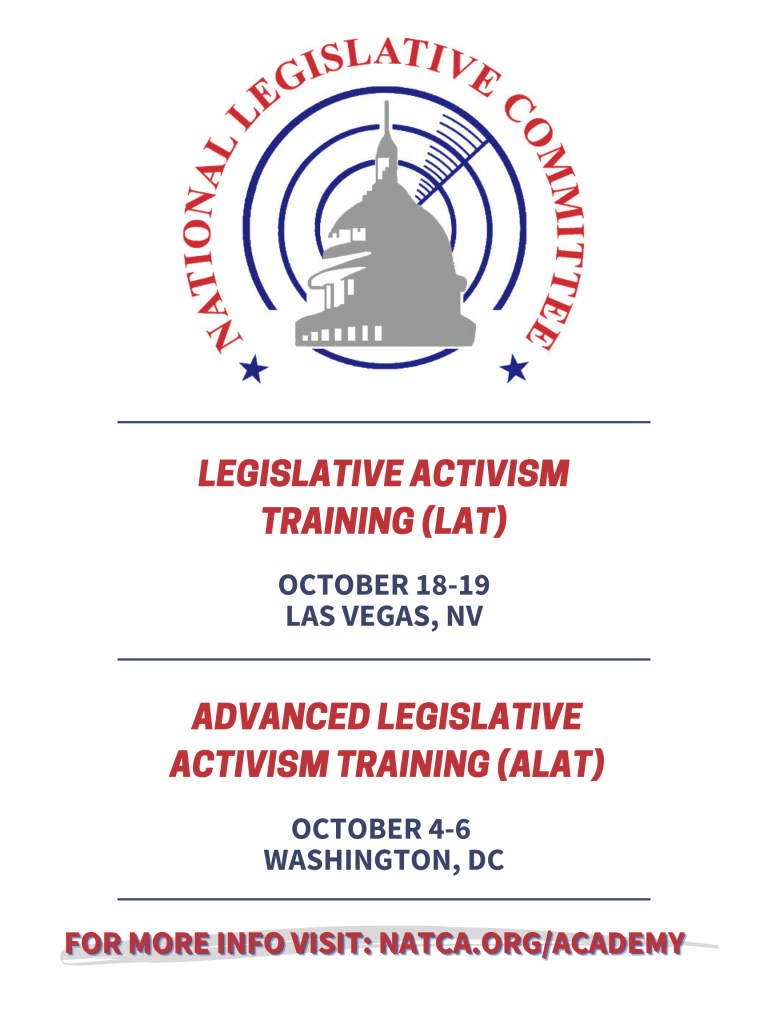
Senator Shaheen introduced a standalone bipartisan bill with Senators Fischer and Lujan with NATCA’s CRWG language. The relationship that has been built with these offices has taken hard work and reliable information along with many meetings. Through many years NATCAvists have engaged with these offices and built trust as subject matter experts. By building these relationships we have garnered support to keep the CRWG language throughout the amendment process.
Building relationships with our Members of Congress can have powerful impacts on many things that affect us daily. There are so many ways to get involved! Please consider signing up for one of our legislative classes to learn more or reach out to me anytime at [email protected]!
From Jennifer Dickinson, NATCA CISM Rep, BOS
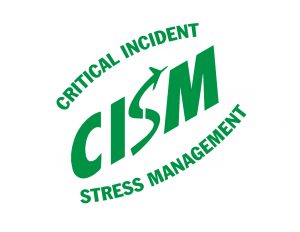
Summer is finally here! We all know that this is the time for severe weather, shorter staffing, and challenging shifts. We also know that these are the days of barbecuing, spending time outdoors, and getting together with friends and family. I encourage everyone to try to make time for yourselves and do things that “fill up your cup” throughout the week.
Many of us are working six day work weeks and the idea of doing anything but the things on our TO DO list seems incredibly daunting. The truth is, these are the times where we need to make sure that we are taking care of ourselves the most. Stopping and recognizing the importance of caring for yourself is very important.
Prioritizing yourself is a strength and one that results in a positive effect for the people around you. When we allow ourselves to recharge even in the smallest of increments we build up the ability to rise to the challenges of daily life. It is very important to do the maintenance on ourselves regularly so that we don’t internalize the stress long term and end up burning out.
The fact of the matter is, there will always be a variety of stressors in life. We may not be able to avoid them but we can value ourselves through exercising self care in our daily lives. Self care helps to build a strong foundation that generates positivity, perspective, and balance even during difficult times. I am wishing you all a wonderful summer. Get out there and take some time for YOU! As always, CISM is always here for you 24/7.
“It’s not selfish to love yourself, take care of yourself, and to make your happiness a priority it’s a necessity.” ~Mandy Hale

